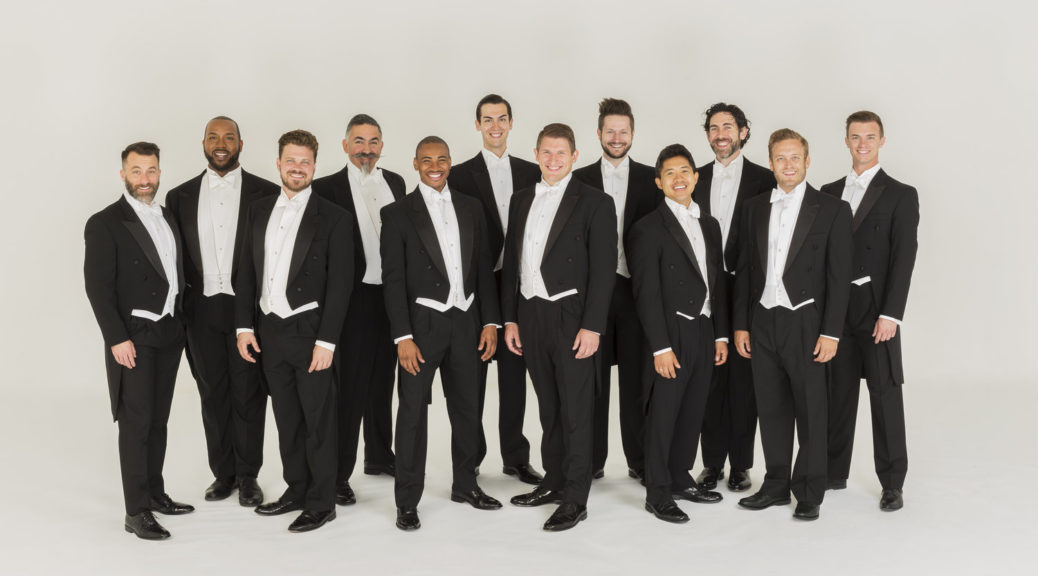
RESURRECTING FORGOTTEN OLD NEW-WORLD WORKS
Chanticleer took chances with its latest program of New-World sacred music in Latin and Spanish called “Saints Alive,” leaving local audiences alternately bewildered and inspired. Its collection of forgotten works from the 16th to the 18th century is immensely valuable, introducing composers like Salazar, Aruajo, Flores, Sumaya and good old “Anonymous” to our own early-music world, which has been far more European-focused.
Appropriately enough, the current sites for these concerts are local missions and churches, including Fremont’s Mission San Jose, whose trove of music has somehow been left out, even though historians have called MSJ the most musically active of all our early California missions.
Much of the manuscript discovery has come through researcher/musicologists Craig Russell and Bolivia’s Father Piotr Nawrot. When Chanticleer performed one of these gems in the local Andean language of Quechua on tour not long ago, they found resonance, with some patrons singing along, from memory, works heard and sung in churches much earlier.
This sacred music is particularly apt in this Lenten (pre-Easter) season of Christian churches emphasizing sorrow, humility and contrition. Polyphonic pieces of 17th-century polyphony by composers like Capillas and Padilla in Mexico speak of worshipping with bowed heads, reflecting on personal failures in living up to the faith, in old church Latin.
And that was part of the problem at the March 10 Mission Dolores concert in San Francisco—Latin, an unfamiliar tongue today, with liturgical works lacking a clear final cadence. Who knew when to start clapping? But for several selections, the heretofore a cappella Chanticleer male chorus was augmented with a small instrumental ensemble, not only amplifying the impact, but also enabling a conductor (William Fred Scott at the organ) to lead the group for once.
When moving from the renaissance polyphony to baroque music’s modern-day harmonies, the jolt was considerable. It was especially powerful in the longest selection, “Mass in Fugues of St. Joseph” by Bassani, an Italian writing in what you’d have to call “animated baroque,” as animated as Handel, though of course in quite a different church. The old sorrow and humility gave way to lively quick-steps.
The concert ended with a set of triple-time villancicos in Spanish. These are more popular works in couplet-refrain format, implying that saints like Ignatius could cut a rug impressively alongside the inspired villagers.
Capped by its six stellar countertenors, Chanticleer’s singers performed once again with professional polish, tonal accuracy and a verve too often absent in such period ensembles. The group has amassed an infinity of superlatives over the years.
“Saints Alive” program, by the 12-member male chorus Chanticleer in four Bay Area locales, heard March 10 at Mission Dolores Basilica, San Francisco. For Chanticleer info: go online.